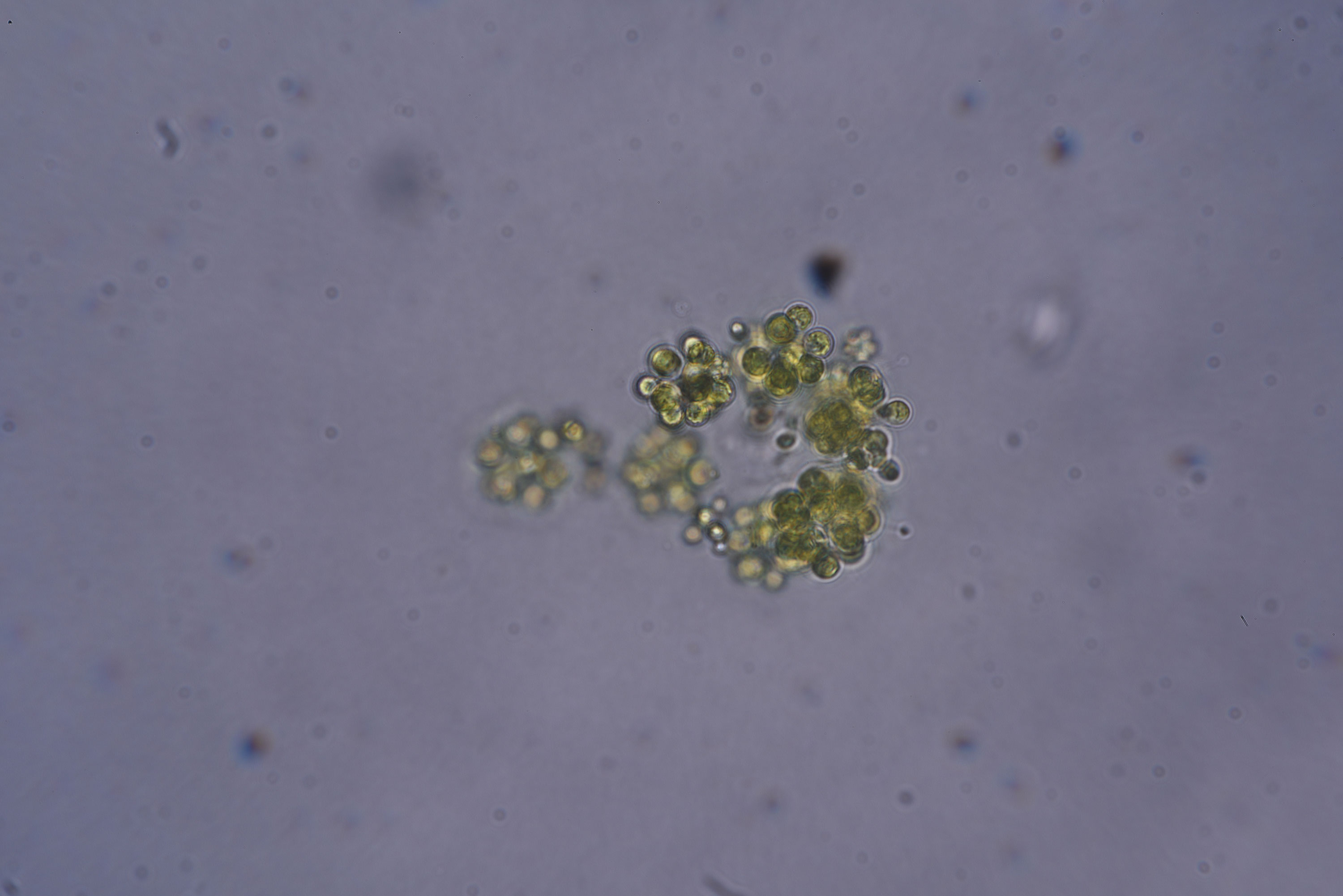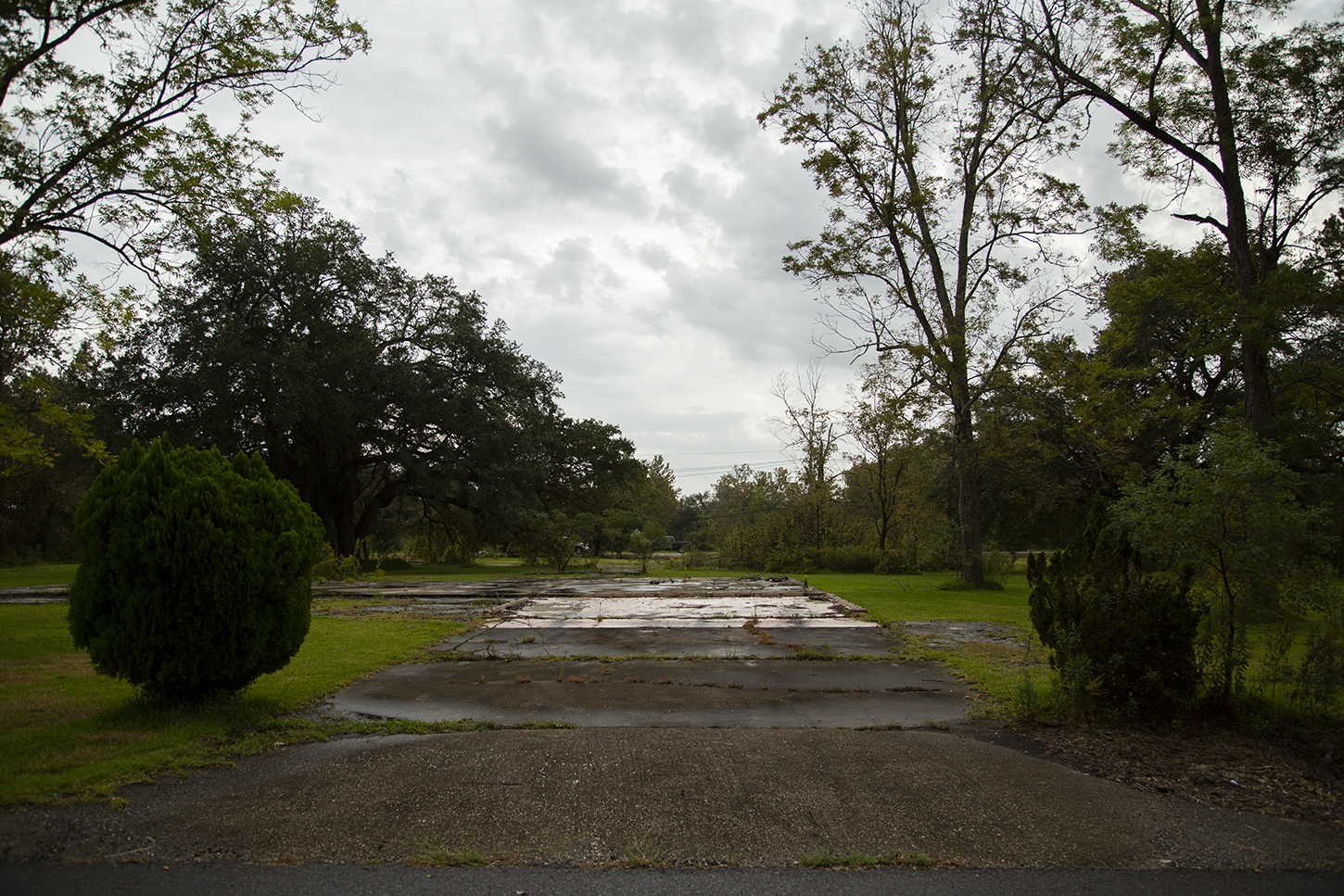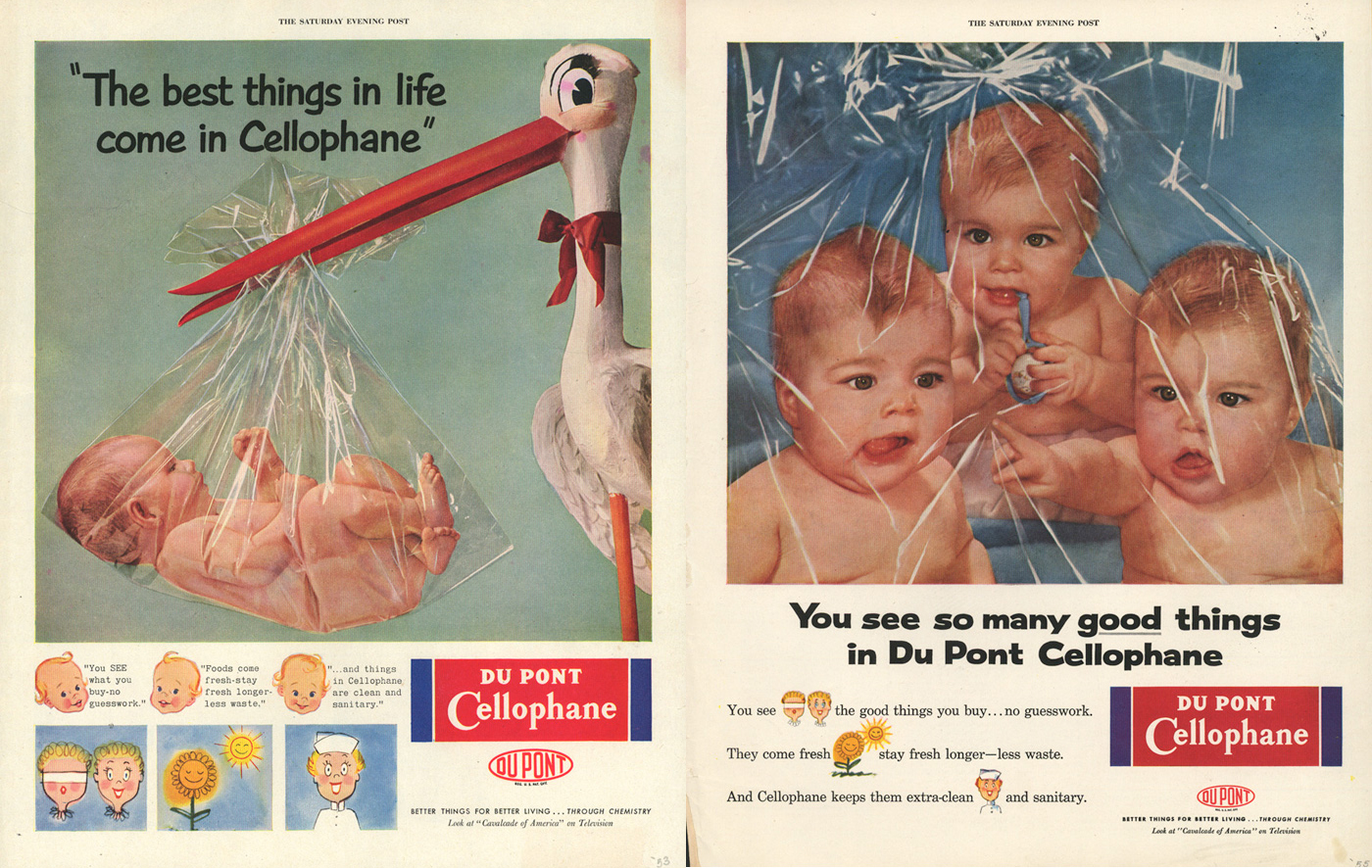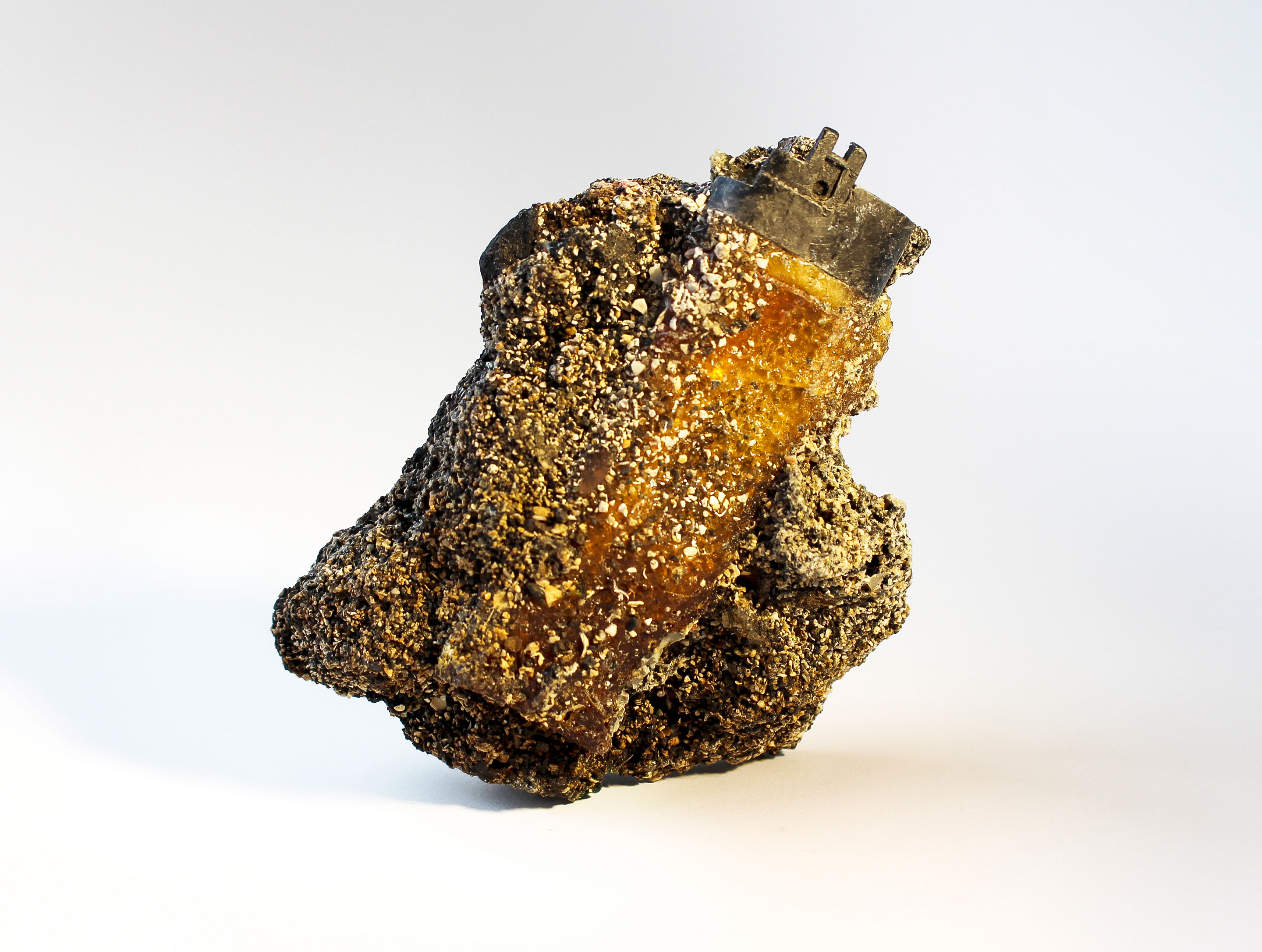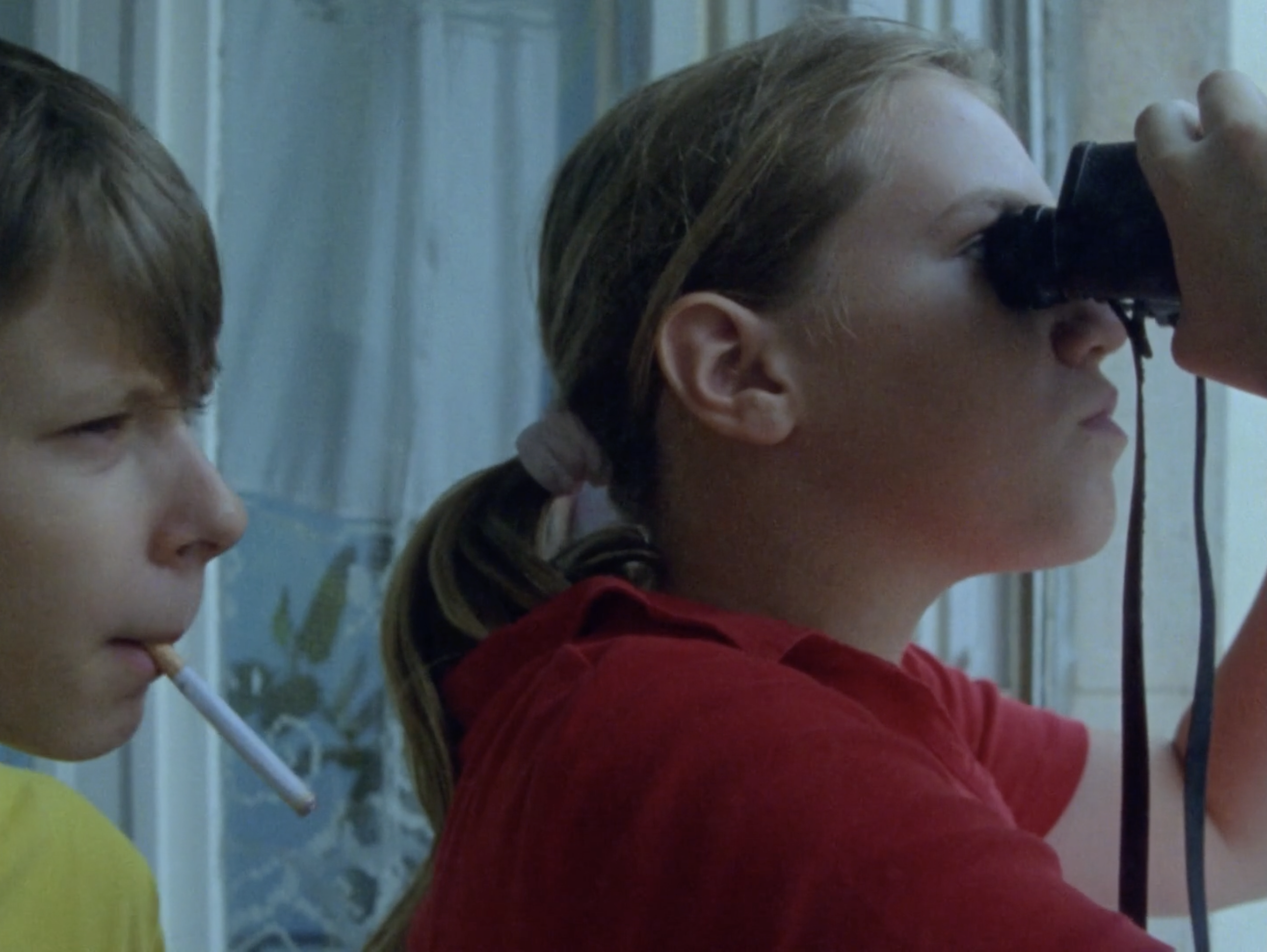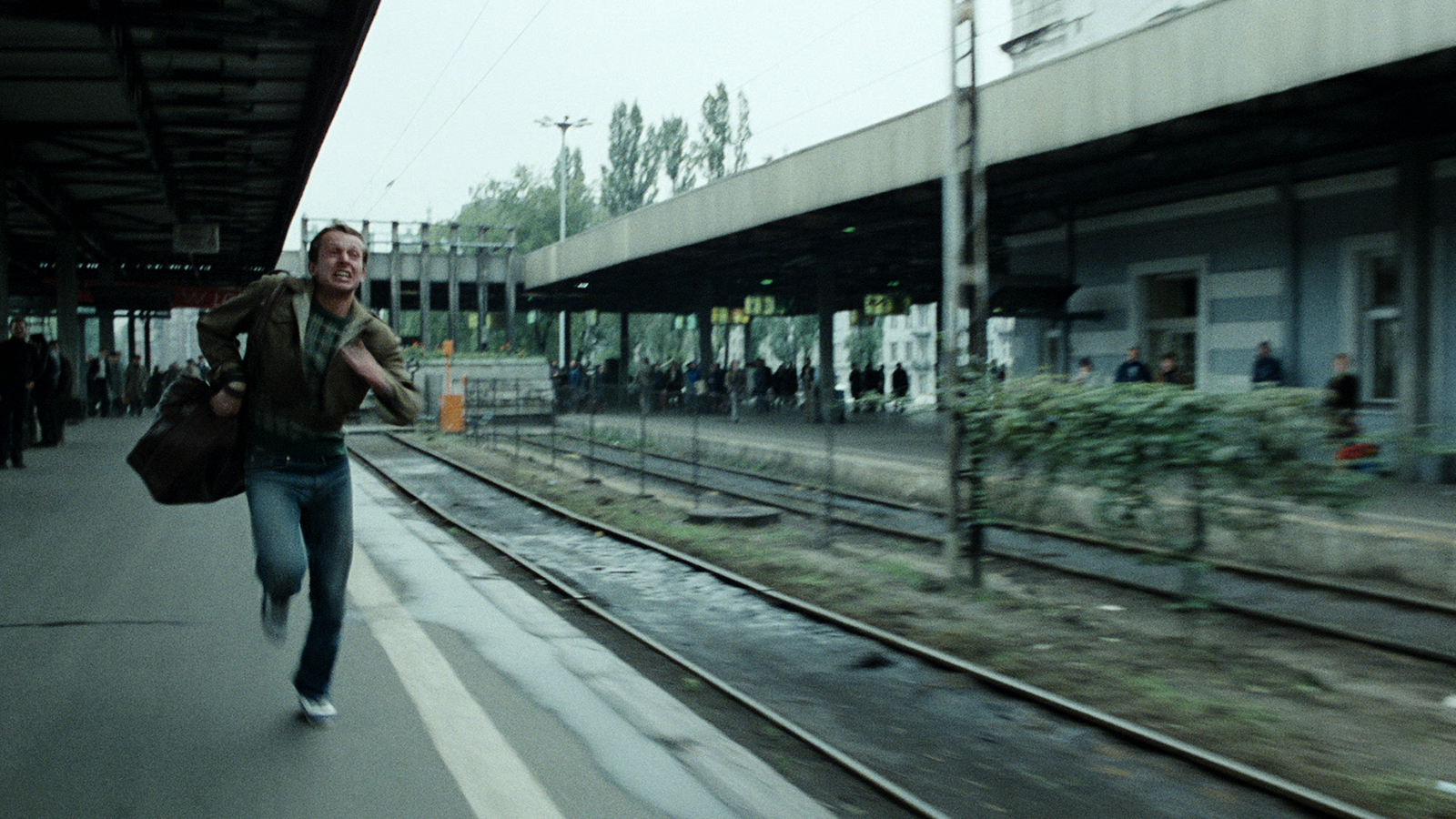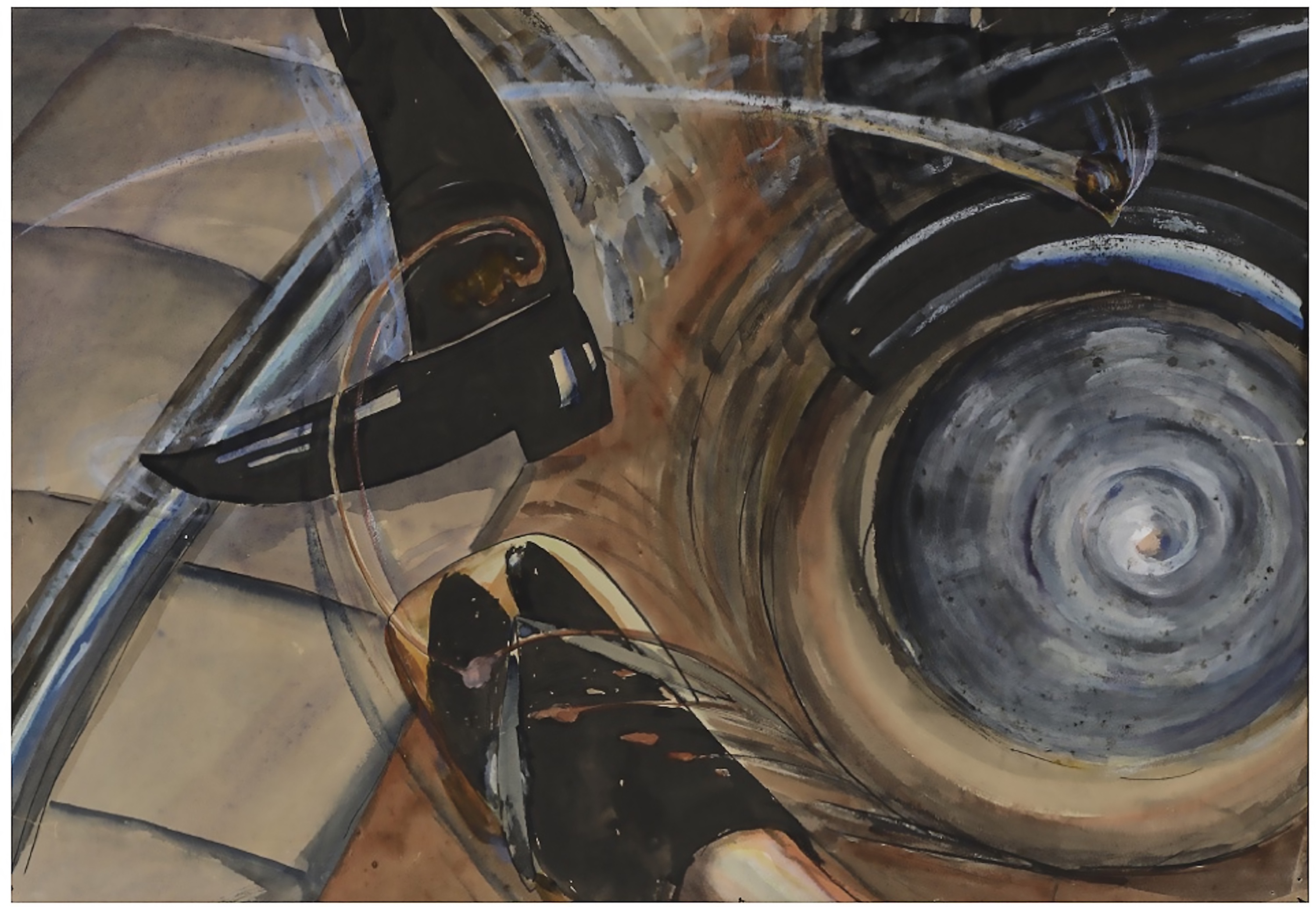By speaking about the ocean, invoking some of the bodies that inhabit it, we invoke: the disappeared, the decaying, the poisoned, the waterlogged, the bodies that float back to the surface and haunt us.
Plastic
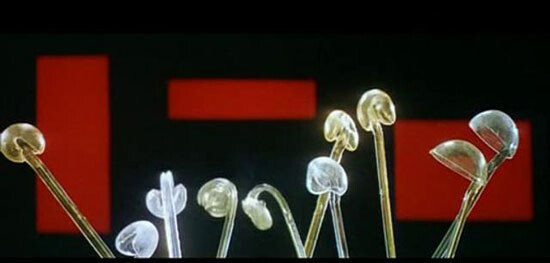

From microscopic placental inclusions to the swirling assemblages in oceanic gyres, plastic dominates our world at every scale. Ever-lasting yet disposable, its materiality presents a toxic paradox. The rise and fall of its acceptability can also be seen in the changing ways it has been exploited and discussed by artists and others over the past century. Considered a “magical substance” in the 1950s, a lifetime later plastic is now a dirty metonym for the Anthropocene and human-induced environmental destruction. But one thing’s for certain, whether as material or metaphor, plastic is not going away anytime soon.
As plastic has become so central to communications and infrastructure, plastic operates as a logistical medium—that is, a medium that sets the “terms in which everyone must operate.” Plastic determines so many of our relations, including the goods we can access, the distribution of food, access to water, medical supplies, and an infinite variety of other things that arrange and regulate the movements of people and the qualities of our lives. It is a leverage point of power, distributing and amplifying other systems of inequality.
If Google Earth or a satellite view of the garbage patch proves to be an impossible undertaking, it is because the plastics suspended in oceans are not a thick choking layer of identifiable objects but more a confetti-type array of suspended plastic bits. Locating the garbage patch is on one level bound up with determining what types of plastic objects collect within it and what effects they have. Yet on another level, locating the garbage patch involves monitoring its shifting distribution and extent in the ocean. The garbage patch is not a fixed or singular object, but a society of objects in process. The composition of the garbage patch consists of plastics interacting across organisms and environments. But it also moves and collects in distinct and changing ways due to ocean currents, which are influenced by weather and climate change, as well as the turning of the earth (in the form of the Coriolis effect) and the wind-influenced direction of waves (in the form of Ekman transport). As an oceanic gyre, the garbage patch moves as a sort of weather system, shifting during El Niño events, and changing with storms and other disturbances. Ocean sensing then requires forms of monitoring that work within these fluid and changeable conditions.
Plastiglomerate clearly demonstrates the permanence of the disposable. It is evidence of death that cannot decay, or that decays so slowly as to have removed itself from a natural lifecycle. It is akin to a remnant, a relic, though one imbued with very little affect. As a charismatic object, it is a useful metaphor, poetic and aesthetic—a way through which science and culture can be brought together to demonstrate human impact on the land.
